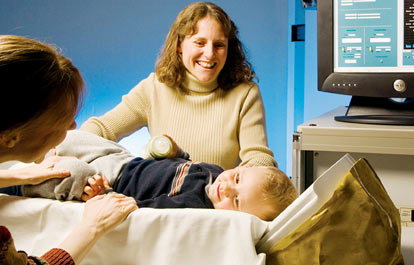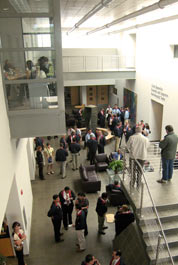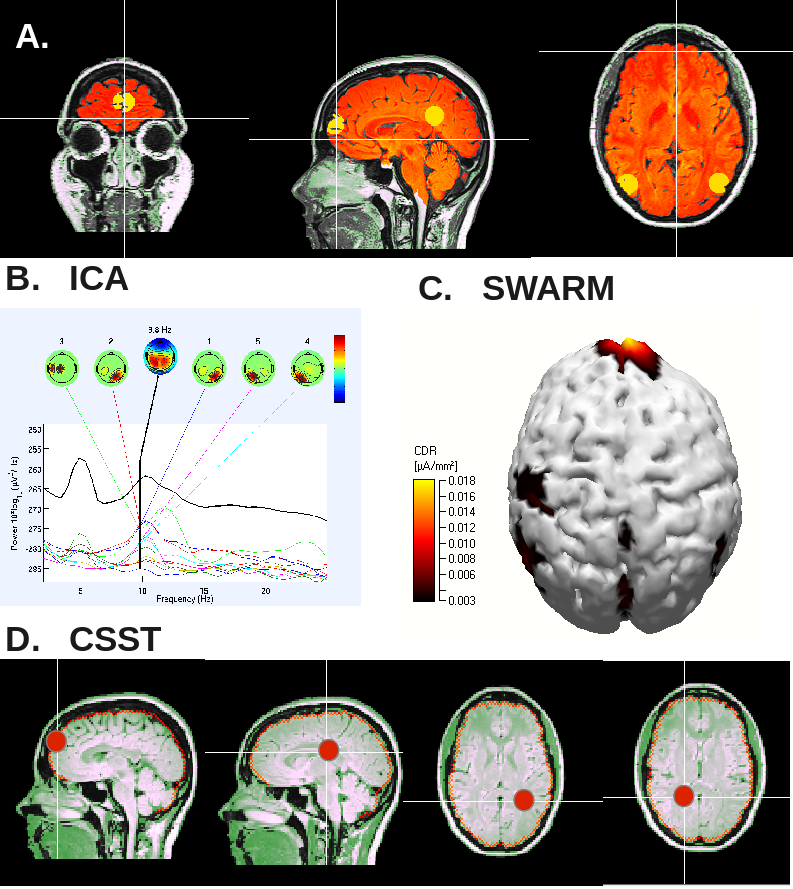

MEGSIM Simulated DMN //
Simulated DMN

This preliminary simulation focuses on resting state data; that is, we have developed a simulated default mode network (DMN) based on what is typically found in the MEG/EEG and fMRI literature. For example we used a low alpha oscillation, and the approximate locations for simulated activity included prefrontal cortex (PFC)/medial prefrontal cortex, posterior cingulate cortex (PCC), and right and left anterior parietal lobes. This first attempt exaggerates the probable size of some of the nodes for initial testing purposes, and may underestimate others. Four 20mm diameter patches (approximately spherical) were located as shown in figure, within MRIVIEW. Each was given a 10hz oscillation, with, at this time, no relative phase lag. Simulations with oscillation amplitudes of 100nAm were created and combined with resting state data from the Neuromag 306 MEG system. The simulations were saved as both continuous files and averaged files, in both netCDF and FIF formats. The simulation was then analyzed with three different methods, CSST and SWARM (from within Curry software), and with ICA (via EEGlab).

(A) Distributed source locations created within MRIVIEW to simulate DMN activity. Each was given a 10hz oscillation, with a 100nAm amplitude. (B) ICA analysis showing pattern of activity similar to that seem in the literature for DMN. (C) SWARM analysis using Curry software. (D) CSST analysis.

